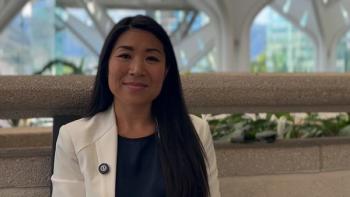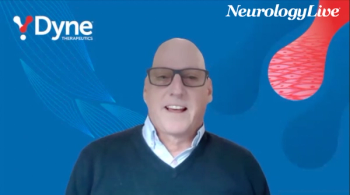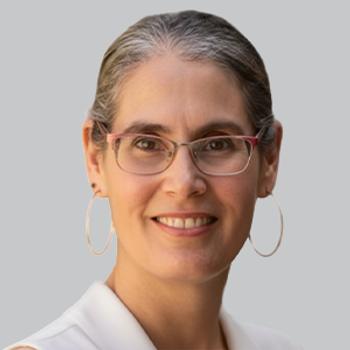Welcome to this special edition of Neurology News Network. I'm Marco Meglio.
At the 2025 European Committee for Treatment and Research in Multiple Sclerosis (ECTRIMS) Congress, held September 24-26, in Barcelona, Spain, the International Panel for Neuromyelitis Optica Diagnosis (IPND) presented new evidence-based diagnostic criteria and updated nomenclature for neuromyelitis optica spectrum disorder (NMOSD). The latest framework distinguished aquaporin-4 antibody–positive (AQP4-IgG+) NMOSD as a distinct disease and reclassified related seronegative conditions as separate syndromes. The panel, a steering committee of 26 members and 60 special advisors as well as consensus faculty, conducted a comprehensive review of data published since the last published consensus guidelines in 2015.2 Using a systematic literature approach and a modified Delphi consensus process, experts revised criteria for diagnosing AQP4-IgG+ NMOSD and clarified guidance on testing and interpretation of aquaporin-4 antibodies.
AbbVie has submitted a new drug application (NDA) to the FDA for tavapadon, its investigational selective dopamine D1/D5 receptor partial agonist, for the treatment of Parkinson disease (PD).1 The application is supported by data from the phase 3 TEMPO program, which demonstrated symptomatic improvements across multiple clinical trials.2,3 Three randomized, placebo-controlled phase 3 trials—TEMPO-1 (NCT04201093) and TEMPO-2 (NCT04223193), which evaluated tavapadon in early-stage PD; and TEMPO-3 (NCT04542499), which assessed its use as adjunctive therapy to levodopa in patients with motor fluctuations—provided supporting data. Additionally, an interim analysis from TEMPO-4 (NCT04760769), which is an ongoing, open-label extension trial, also contributed to the application.
Findings from a phase 3, randomized, double-blind, placebo-controlled trial (NCT05314010) showed that treatment with MIL62 (Mabworks Biotech), a glycoengineered type II anti-CD20 monoclonal antibody, led to low relapse risk and reduced disability progression in aquaporin-4 (AQP4)-IgG-positive neuromyelitis optica spectrum disorder (NMOSD). Over a 52-week treatment period, 4.4% of patients (2 of 25) randomized to MIL62 experienced a relapse compared with 45.7% (21 of 46) of those on placebo (HR, 0.069; 95% CI, 0.016-0.296; P <.001). In addition, investigators recorded an annualized relapse rate (ARR) of 0.092 in the MIL62 group vs 1.180 in the placebo cohort.
For more direct access to expert insight, head to NeurologyLive.com. This has been Neurology News Network. Thanks for watching.




































